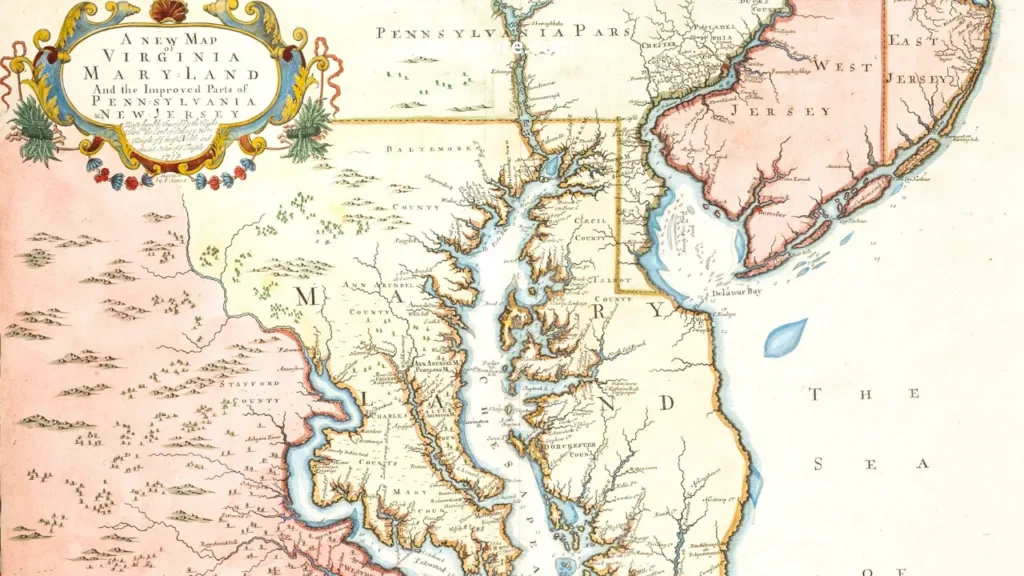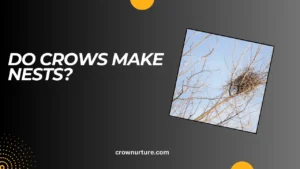Have you ever heard the sharp, unmistakable “caw” of a crow breaking the calm of a quiet morning in Maryland? These intelligent and adaptable birds are far more than background noise—they are a vital part of the state’s ecosystems and cultural tapestry.
From their presence in dense urban centers to the sprawling rural landscapes, crows have a unique ability to thrive and make their presence felt. Yes, American Crows are widespread across Maryland, appearing in every county and thriving in environments ranging from bustling cities to serene forests.
But their presence raises intriguing questions: What roles do they play in the ecosystem? How do they interact with humans? And why do they hold such a prominent place in folklore and myth?
In this blog, we’ll explore the distribution of crows in Maryland, their ecological importance, their relationship with humans, and their cultural significance.
By the end, you’ll see these black-feathered birds not as ordinary creatures but as intelligent, resourceful, and indispensable members of Maryland’s natural and cultural landscapes.

Contents
1. Distribution and Abundance
- Statewide Presence:
Crows are present in every county of Maryland, making them one of the most common bird species in the state. Their adaptability allows them to thrive across diverse landscapes. - Urban and Rural Areas:
From city parks in Baltimore to farmlands in the Eastern Shore, crows thrive in urban and rural environments alike. They are equally at home in forests, fields, and suburban neighborhoods. - Seasonal Variations:
While most American Crows in Maryland are year-round residents, some seasonal fluctuations occur, especially in winter when larger roosts may form for warmth and protection.
2. Ecological Role
- Omnivorous Diet:
Crows have a diverse diet, consuming insects, fruits, seeds, carrion, and even small vertebrates. This flexibility helps them adapt to various environments. - Seed Dispersal:
By eating fruits and excreting seeds in new locations, crows act as natural gardeners, aiding plant regeneration and promoting biodiversity. - Pest Control:
These birds help control insect and rodent populations, providing an essential natural pest management service to farmers and gardeners. - Scavenging:
Acting as nature’s cleanup crew, crows play a critical role in decomposing organic matter, helping to maintain healthy ecosystems.

3. Impact on Humans
- Benefits:
Crows contribute to Maryland’s ecosystems by controlling pests, dispersing seeds, and cleaning up waste. They also offer opportunities for birdwatching and ecological studies. - Potential Challenges:
However, crows can sometimes become a nuisance, causing crop damage, disturbing gardens, and creating noise near large communal roosts. - Human-Wildlife Conflict:
Mitigating conflicts with crows involves bird-proofing techniques, using scare tactics, and managing food sources to discourage unwanted visits.
4. Cultural Significance
- Folklore and Mythology:
Crows have long been associated with mystery and intelligence in folklore. In some cultures, they are seen as omens, while in others, they symbolize wisdom and adaptability. - Cultural Representations:
From Edgar Allan Poe’s “The Raven” to modern artwork, crows often symbolize intelligence, death, or resilience. Their black plumage and distinct calls make them a favorite in storytelling. - Public Perception:
People in Maryland hold varying views of crows. Some admire their cleverness, while others view them as nuisances. Education can shift these perceptions towards appreciation.
5. Conservation and Management
- Conservation Status:
Crows are not endangered in Maryland, but urban development and habitat loss can impact their populations. Monitoring their numbers ensures they remain healthy. - Management Strategies:
Humane methods such as habitat management and non-lethal deterrents help balance crow populations with human interests. - Public Awareness:
Encouraging public appreciation for crows’ ecological roles fosters coexistence and reduces unnecessary conflicts.
Conclusion
Crows are not just ordinary birds—they are essential players in Maryland’s ecosystems. Their intelligence, adaptability, and ecological contributions make them fascinating creatures that deserve our attention and respect.
While challenges may arise, their benefits far outweigh the drawbacks. By understanding their roles as scavengers, pest controllers, and seed dispersers, we can better appreciate their importance in our natural world.
The next time you spot a crow, take a moment to admire its cleverness and adaptability. These birds remind us of the delicate balance between humans and wildlife and the need to coexist with nature in harmony.
FAQs
1. Are there crows in Maryland?
Yes, American Crows are common throughout Maryland, appearing in both urban and rural areas.
2. What types of crows are found in Maryland?
The primary species is the American Crow, though Fish Crows are also present, particularly near water bodies.
3. Where can I find crows in Maryland?
Crows are found everywhere, including parks, forests, farms, and city neighborhoods
4. What do crows eat in Maryland?
Crows are omnivorous and eat insects, seeds, fruits, carrion, and human food scraps.
5. Do crows migrate out of Maryland?
Most crows in Maryland are year-round residents, but some may join larger winter roosts.
6. Are crows a problem for farmers in Maryland?
Crows can cause crop damage, but they also help by controlling pests and insects.








